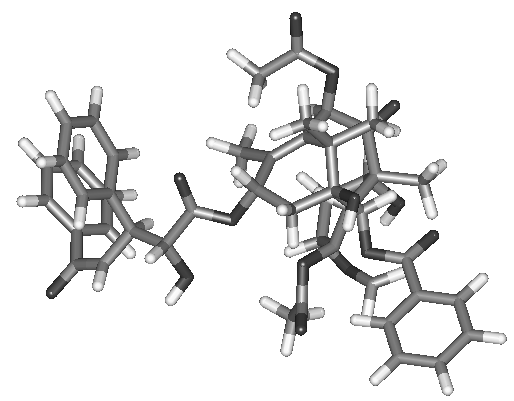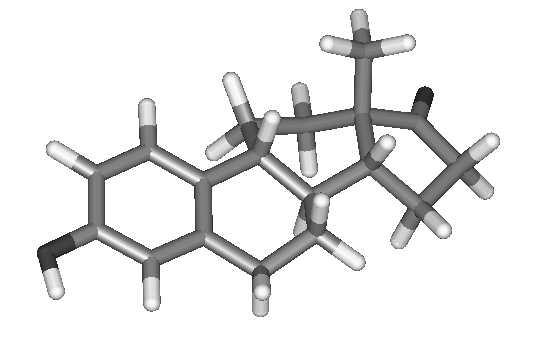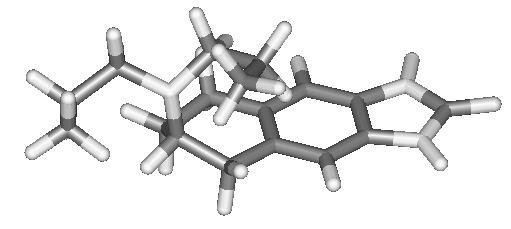
IHTM Department of
chemistry
Research

Still working
Institute of Chemistry, Technology and Metallurgy
 |
IHTM Department of
chemistry |
 Still working |
Department of Chemistry is a part of Institute of Chemistry, Technology and Metallurgy |
 
|
The focus of fundamental and applied research in organic synthesis is the design of new chemical reactions, and their application in total syntheses of complex organic compounds: natural products, pharmacologically significant compounds etc. Also, research directed to synthetic transformations of carbon C60, new, recently discovered allotropic modification of carbon, considered to find application in various aspects of advanced technologies in near future (organic superconductors, optical fibers, plastics with extraordinary properties etc.) has recently been initiated. |
 
|
More will be added in the future...